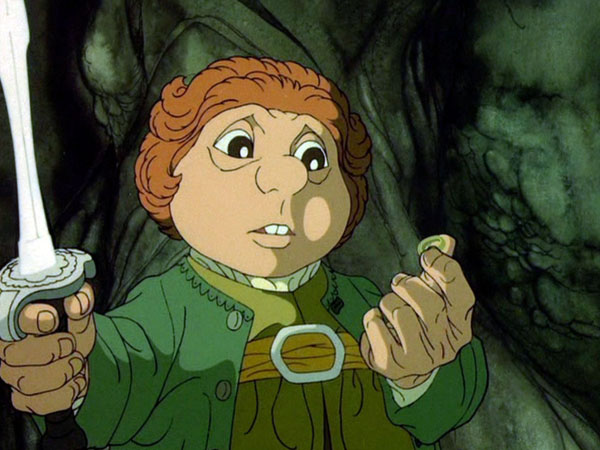- Joined
- Apr 24, 2011
- Messages
- 3,910
I believe the leaf blade was because of a Celtic influence, leaning towards druid Celts in particular.
It is my belief that they were a large part of his inspiration for the elves.
Mystical people of the forest who had gone into hiding and whose numbers were dwindling...sound at all familiar?
As far as the reforging of Narsil into Anduril, it has a very very familiar feel.
In the story of Arthur breaking Clarent (the sword from the stone), while fighting Lancelot. Clarent fails Arthur because he is in the wrong and lets his pride rule him.
He then goes with Merlin and is given Excalibur from the lady of the lake.
Clarent to Excalibur, Narsil to Anduril
You can see this in the story of Anduril breaking in the face of Sauron, the king was already succumbing to the call of the ring.
In Norse mythology where Sigfried is given the broken sword Gram or Nothung depending on where you read.
(a sword that was drawn from a tree, that nobody else could draw it from)(Also after it was reforged it was said to be able to cut an anvil in twain) Excalibur and Clarent much ?
Even the great smith of the Nibelung dwarf cannot reforge it as it has to be reforged by someone without fear.
Sigfried then files the remains of the blade to powder and re smelts the metal to reforge the sword.
Strider also had to have no fear, although his sword was reforged by elves. In order to claim his birthright and the right of the king to the service of the undead army that was awaiting him for their redemption.
My guess is that his vision for the weapons in the books was wide to say the least.
I see Sting as more of a Scottish dirk style, as opposed to a seax or even the gladius type blade that they made it. The weapons that the rest of the hobbits had that were found in the cairn and given to them by Thom Bombadil were the only ones that I recall being described as leaf bladed.
http://lh3.googleusercontent.com/pu...26X7d31bEA4-ODlxli0qPqHq0U4NGL2NStSb0A0pZqsL1
or maybe even
http://lh4.googleusercontent.com/pu...RnWVx1y0pIw2CWi4raF5VyPQ9-eBUf2kiW8yG2a0oNwU4
just my thoughts on it, Great thread by the way.
It is my belief that they were a large part of his inspiration for the elves.
Mystical people of the forest who had gone into hiding and whose numbers were dwindling...sound at all familiar?
As far as the reforging of Narsil into Anduril, it has a very very familiar feel.
In the story of Arthur breaking Clarent (the sword from the stone), while fighting Lancelot. Clarent fails Arthur because he is in the wrong and lets his pride rule him.
He then goes with Merlin and is given Excalibur from the lady of the lake.
Clarent to Excalibur, Narsil to Anduril
You can see this in the story of Anduril breaking in the face of Sauron, the king was already succumbing to the call of the ring.
In Norse mythology where Sigfried is given the broken sword Gram or Nothung depending on where you read.
(a sword that was drawn from a tree, that nobody else could draw it from)(Also after it was reforged it was said to be able to cut an anvil in twain) Excalibur and Clarent much ?
Even the great smith of the Nibelung dwarf cannot reforge it as it has to be reforged by someone without fear.
Sigfried then files the remains of the blade to powder and re smelts the metal to reforge the sword.
Strider also had to have no fear, although his sword was reforged by elves. In order to claim his birthright and the right of the king to the service of the undead army that was awaiting him for their redemption.
My guess is that his vision for the weapons in the books was wide to say the least.
I see Sting as more of a Scottish dirk style, as opposed to a seax or even the gladius type blade that they made it. The weapons that the rest of the hobbits had that were found in the cairn and given to them by Thom Bombadil were the only ones that I recall being described as leaf bladed.
http://lh3.googleusercontent.com/pu...26X7d31bEA4-ODlxli0qPqHq0U4NGL2NStSb0A0pZqsL1
or maybe even
http://lh4.googleusercontent.com/pu...RnWVx1y0pIw2CWi4raF5VyPQ9-eBUf2kiW8yG2a0oNwU4
just my thoughts on it, Great thread by the way.




